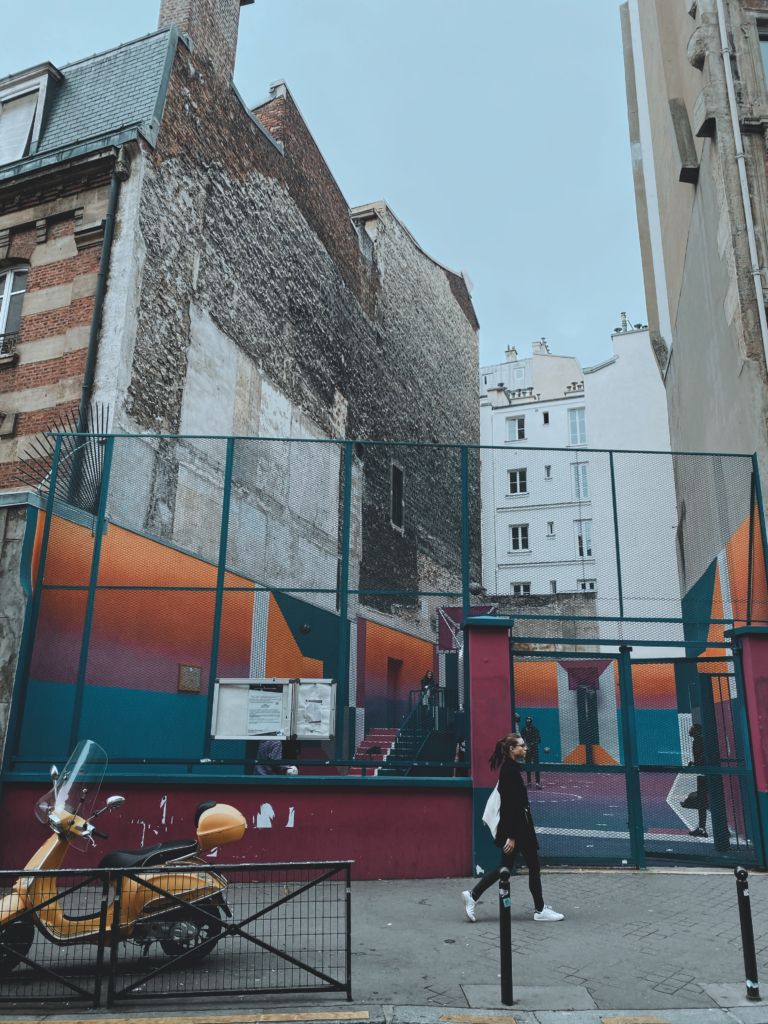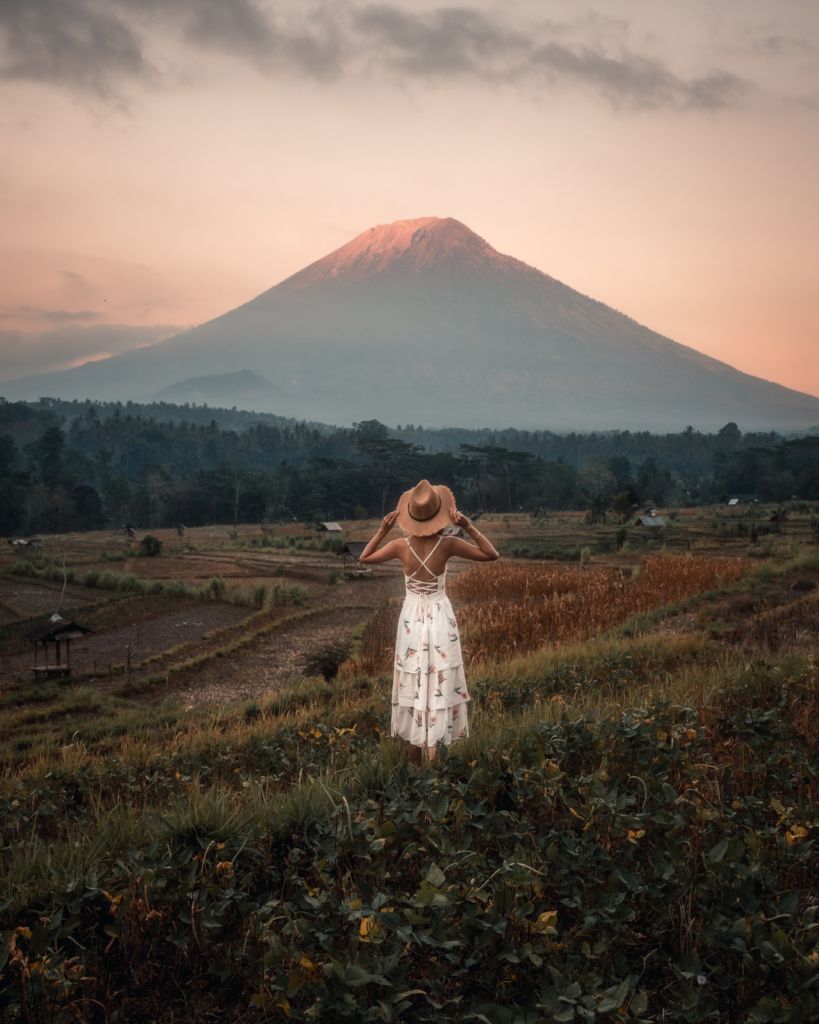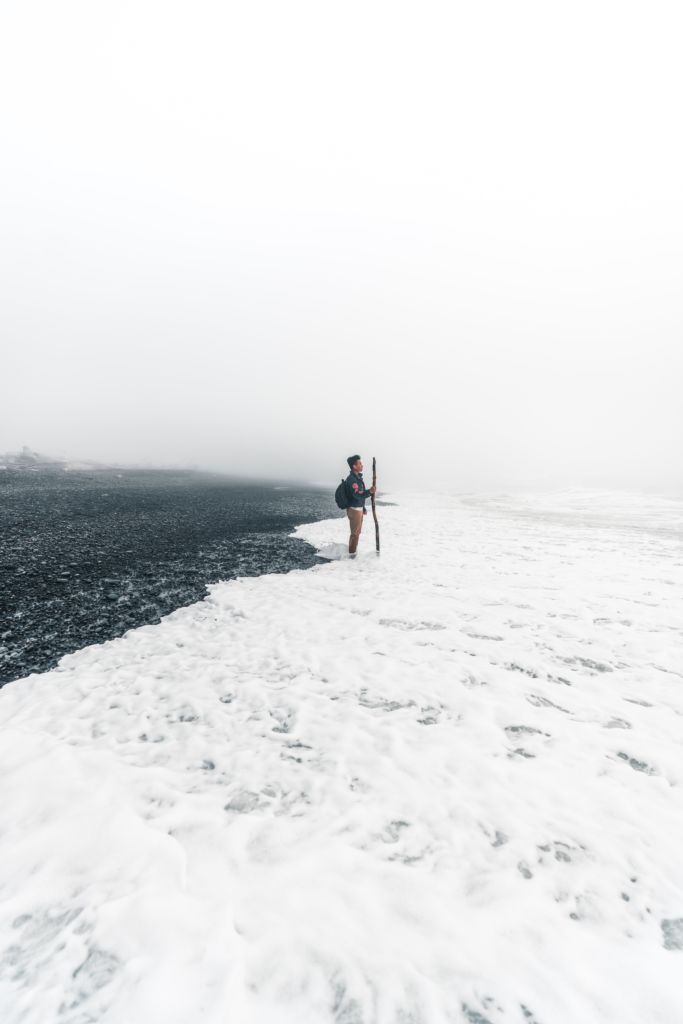Going on holiday is always a lot of fun, and even more so if you know you are about to have some fantastic photographic opportunities. If you are lucky enough to get the opportunity to work abroad, or if you are able to book a trip in order to work on a personal project, there is a lot of excitement ahead. Before you can get there, however, you will need to make sure that you do everything you need to in order to get yourself and your equipment ready for the journey.

- Choose your locations
Before you get out to a certain country, it can be hard to know what you are going to do when you arrive. That’s why it’s very useful to get online and search for as much information as you can. You can find the main tourist spots for natural beauty, of course, but you should also look on sites like TripAdvisor to see if you can get an idea of how busy they normally are. Will you be able to get some time to shoot there in privacy, or will you be bumping elbows with other travellers? You can also use sites like Pinterest to find some out-of-the-way spots which have real potential, if you use the right search terms.
You should also think geographically and try to be realistic. For example, if you are travelling to Australia, you should realise that it is a very vast country with a lot of the main spots spread far and wide. If you come from Europe and are travelling to the USA, it’s a similar thing to think about with the distances between states (and even within them). If you are shooting with models, then you will also need to think about how you are all going to get to the locations and organise some transport. Planning an itinerary for the whole trip is a good idea.
- Search for culture
Don’t just go and take pictures of the places that everyone goes to. Where do the locals find their favourite spots? Can you find out ahead of time where fashion photographers tend to shoot in the city you are visiting? How about looking for the local art scene? Visitors to London, for example, might target the Brick Lane area to find the famous street art culture there. In Melbourne, you might want to look for the sculptures that decorate the city. What about the juxtaposition of modern and classic architecture in Paris? Find the culture of a city and see if you can capture it or include it somehow in your shoot.

- Keep your equipment charged
Make sure you have the right power adapters to be able to charge your equipment during your trip, and get it fully charged before you go to the airport too. You may be required to turn on your camera and prove that it works if you are flying from the US or UK because security measures demand that they ensure it isn’t just a hollow body stuffed with contraband. Electronic devices are a perfect cover, so they may confiscate it or stop you from flying if you cannot turn it on. Check rules before you fly, too, as lithium batteries may not be allowed to go inside your checked luggage. Oh, and don’t turn the camera on unless you are asked – taking photographs inside an airport can appear very suspicious.
- Get your passport
No, not a passport for you – for your luggage. A carnet is a special passport for your equipment which proves that you are going over with your production kit as part of a job or project, and not just to sell it. Particularly with filming equipment, if you cannot prove you are using it yourself, you may have to stop at customs because sellers try to smuggle equipment in this way to avoid paying duties or taxes. This could be a lengthy and inconvenient stop while you try to prove the equipment is for your personal use.
You also need to think about where and how your equipment is stored as luggage. If it is checked, you must ensure it is insured correctly, protected from damage, and marked as fragile if necessary.

- Take the right equipment
Think logically about what kind of equipment you will need. For a full fashion shoot, you may need generators or battery packs for your lights, as well as portrait lenses. If you are shooting big sights, you might want to stand back with a long lens. But can you carry a big, heavy lens while you hike to a far-flung location? How about a tripod for night shoots? Underwater housing to capture the marine life or sights like coral reefs? Waterproofing so you can shoot near a waterfall? If you leave equipment at home that you actually need, you could miss out on some great opportunities.
- Know the local wildlife
When going somewhere wild, it’s always best to be aware of the local flora and fauna. Knowing your venomous snakes and insects will help you to avoid danger, but also to avoid unnecessary panic. You can also hire a guide from the local area to help you if you think that this will be a problem.
It’s not just animals that might pose a problem, either. Are tourists advised to stay out of a certain area of town? Is there part of the city where you will run into danger? Stay aware of the latest scams – there was a video doing the rounds a few years back of street thieves expertly misdirecting a photographer in order to steal his lens. You don’t want to fall foul of things like this, so do your research and check up on what your foreign office says about the country of your destination.
As a female photographer, you also have an extra level to think about: your clothing. Be careful never to wear clothing that would be seen as disrespectful or ignorant by the locals – or worse, something that would prevent you from entering the places you want to go. Famous sites like the Vatican often have dress codes you must follow.

Don’t be put off the thought of flying abroad to take pictures by this checklist – so long as you are totally prepared, you should be fine. It could be one of the most exciting things you ever do, so seize the moment and come prepared! If you have a story about photography abroad, or any further tips, we’d love to hear from you in the comments.